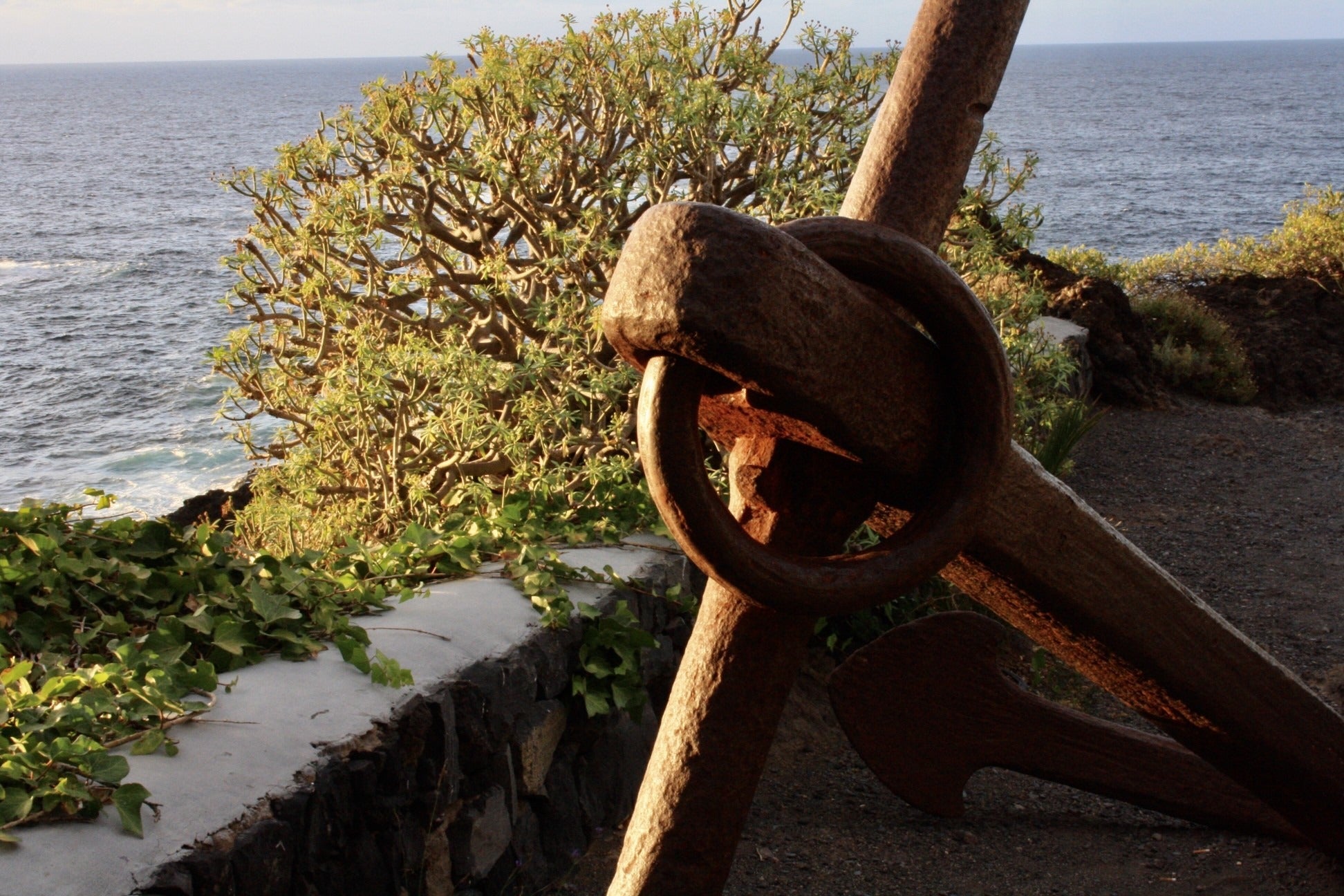Anchors enjoy a lengthy and interesting history. Ancient anchors, typically made from rocks, date back to the Bronze Age. A bit later, the Greeks used baskets filled with stone or large sacks filled with sand to secure their fishing vessels. As time progressed and wood and metal working improved, so did anchors. They became more compact, efficient and durable.
In 400 BC, the Greeks developed mushroom anchors. These anchors were flat stones with a triangular eye bolt at the top, to which one could attach rope to pull their anchor from the sea floor.
By the 1st Century, Romans used anchors which were more similar to what comes to mind when we think of traditional anchors. By 700 AD, the Scandinavians also got on board; and then, in the 19th Century, better iron and welding yielded even better anchors.
As for anchors for smaller vessels, the Danforth – a symmetrical anchor pattern with large, flat flukes was invented in the 1940s. It had decent holding power for its weight, but was lacking as a general purpose anchor. Then, in the 1970s, the claw anchor came into play. This anchor was replaced in popularity by the spade anchor in the 1990s. The spade anchor was the first anchor to successfully make use of a concave fluke.
Today, if you want the best innovation in anchors, opt for the Stayput Anchor. Stayput Shallow Water Anchors, originally engineered for boaters BY avid boaters in 2007, provide effective, easy to use, quiet anchoring boats up to 24 feet.
Stayput Shallow Water Anchors are simple to stow, taking up virtually no valuable cargo space. Choose a stern mount for shoreline fishing or a bow mount if you prefer. Then add cool accessories like the Stayput Shallow Water Anchor Super Handle, uniquely designed with a boathook on one side and an eye for easy tie-off.


Share:
What Is the Best Time to Fish?
Fishing with Kids